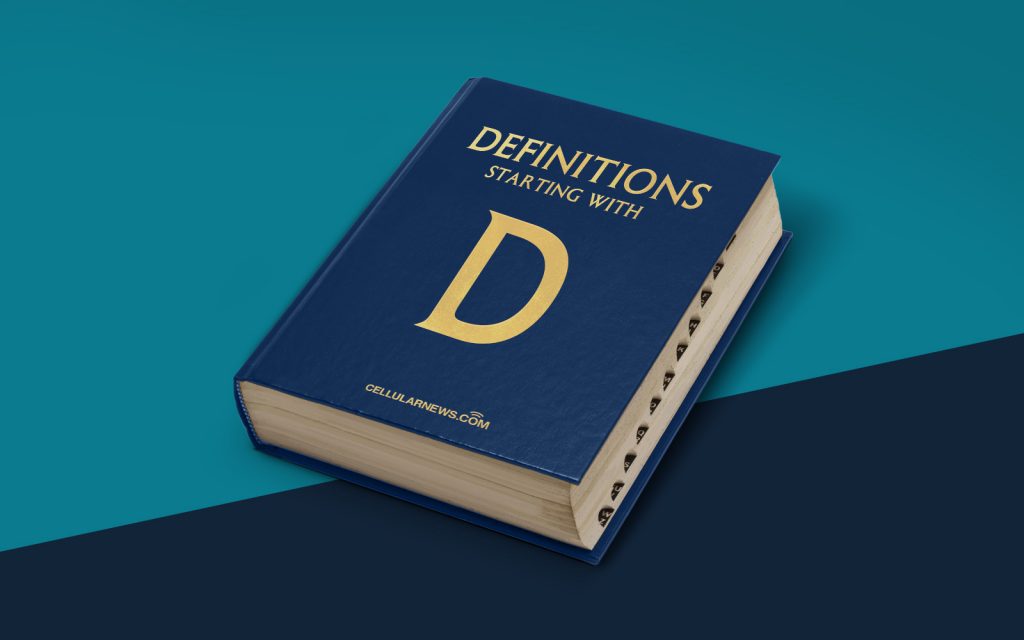
What is Dirty Paper Coding (DPC)?
If you’re interested in the fascinating world of coding and signal processing, you may have come across the term “Dirty Paper Coding” or DPC. But what exactly does DPC mean and how does it work? In this post, we’ll dive deep into the realm of DPC, unraveling its mysteries and shedding light on its importance in modern communication systems.
Key Takeaways:
- Dirty Paper Coding (DPC) is a technique used in information theory and communication systems.
- DPC allows for optimal encoding and transmission of data, even in the presence of interference or “dirty paper”.
Dirty Paper Coding, also known as Costa pre-coding or Wyner-Ziv coding, is a coding technique used in information theory and communication systems. Its primary goal is to overcome the limitations posed by interference or noise, referred to as “dirty paper”.
The concept behind Dirty Paper Coding is truly revolutionary. Imagine you have a sheet of paper that represents the received signal, and you want to transmit additional information on top of it. The challenge is that the signal is contaminated by interference, creating a “dirty” signal. Traditional coding schemes are not suitable for such scenarios, as they assume a clean channel with no interference.
Here’s where Dirty Paper Coding comes in. Instead of treating the interference as an obstacle to be removed, this technique embraces it and uses it as part of the encoding process. By carefully designing the coding scheme, DPC can mitigate the effect of the interference and achieve optimal performance.
Dirty Paper Coding offers several advantages in communication systems:
- Increased reliability: DPC allows for robust transmission of data even in the presence of interference or noisy environments.
- Improved capacity: By exploiting the interference, DPC enables higher data rates and enhanced capacity in communication channels.
- Efficiency: With DPC, the encoding process can be optimized to minimize the transmission power required for reliable communication.
- Flexibility: Dirty Paper Coding can be applied to various communication systems, including wireless, satellite, and optical networks.
Dirty Paper Coding is a principle that has found applications in a range of fields, from wireless communication to video compression. Its elegant approach to dealing with interference makes it a powerful tool in the arsenal of communication engineers.
So, the next time you come across the term Dirty Paper Coding, you’ll have a solid understanding of what it means and its significance in the world of coding and communication systems. With its ability to turn interference into an opportunity, DPC continues to push the boundaries of what’s possible in the field of signal processing.
